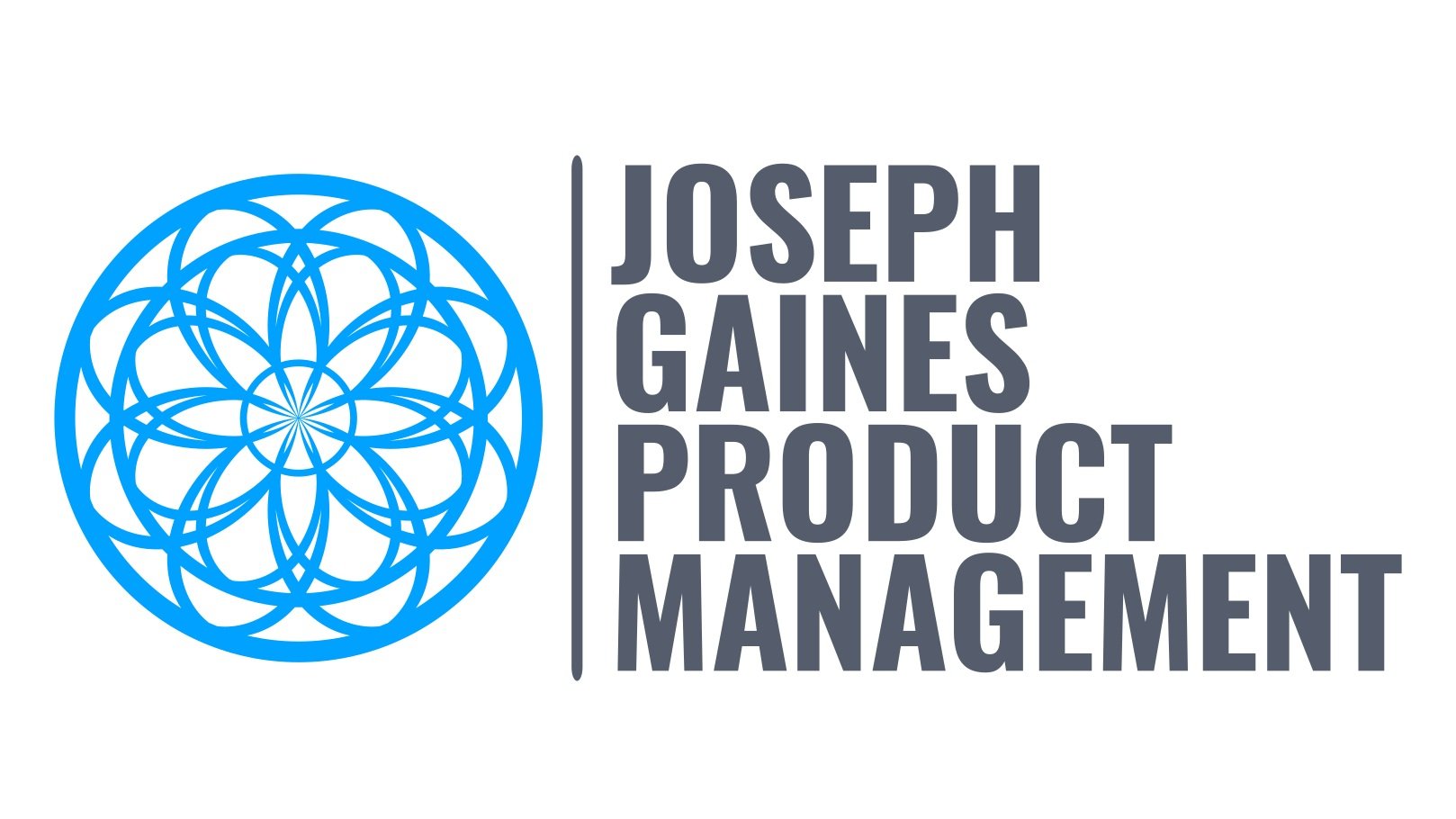Renewables Project Financing and Norton Rose Fulbright's "Cost of Capital: 2023 Outlook"
Image: Norton Rose Fulbright
The annual Norton Rose Fulbright “Cost of Capital” discussion regarding renewable energy financing and debt trading always covers a large swath of topical territory, and this year’s edition was no different.
Earlier this year, host Keith Martin assembled a who’s who of renewable energy financing, including:
Jack Cargas, Managing Director and Head of Tax Equity Origination, Bank of America
Ralph Cho, Co-Head of Power & Infrastructure Finance – US, EU and UK, Investec Group
Rubiao Song, Managing Director and Head of Energy Investments, JPMorgan
Elizabeth Waters, Managing Director – Project Finance Americas, MUFG
Given that, when reading about renewable energy financing, so often we are presented with the developer’s (i.e. the borrower’s) perspective, sometimes it’s important to hear directly from the massive institutional lenders on which all of these projects depend, instead.
There were two key themes running throughout this discussion worth highlighting for me:
1. Uncertainty:
While the financing solutions these lenders know they need to deploy don’t come totally ex nihilo, the post-IRA environment is nonetheless fairly new territory for both the banks and their borrowers.
They’re all waiting breathlessly for guidance from the US Department of the Treasury on how exactly they’re supposed to proceed with some of these tax credit equity trades. While they have some confidence about what’s going on, some of them are also holding their cards close to their vest while they await more regulatory clarity.
In the absence of that guidance, some developers are resorting to bridge loans (expensive loans of one year or less) before making longer term tax equity commitments.
In terms of what interests them most in potential projects, lenders are looking for proven technology and contracted revenues.
Congress has now authorized straight sales of PTCs. However, despite their predictions that this new market will grow in size, banks still see potential corporate buyers of these tax credit equities having a somewhat lengthy “education process” ahead; buyers aren’t yet fully receptive to buying a tax credit.
Some broad uncertainty, however, has been brought down considerably with the IRA subsidies, which are “breathing 10-20 more years of life into this industry.”
2. Expense:
The cost of funds is foundational to all of these deals, and that cost is going up.
“Premium [financing] products in the ESG world come with premium pricing.”
Accordingly, the cost of tax equity in this context is going up this year.
The bigger the deal, the more expensive it is to finance it. The increase in the number of “mega-deals” (worth, say, over $10 billion) in 2023 means there are some very pricey projects being financed this year, indeed.
Tax insurance and Casualty insurance premiums for projects are both going up.
SOFR, the Secured Overnight Financing Rate, is a key interest rate that banks us to price dollar-denominated derivatives and loans. Typically a daily SOFR rate has been the go-to, but given the longer nature of these projects, clients have been pushing for a term SOFR rate, instead, that locks interest rates in at 1, 3, or 6 month terms. And because banks are essentially having to predict the future cost of money at that point, locking a given rate in comes with an additional premium to borrowers in the form of so-called “warehousing” costs. So there aren't just more costs for renewable financing in 2023, there are new costs, as well.
And where do both uncertainty and expense collide in this conversation?
The demand for tax equity financing is “exceeding availability” year after year and, without it, some projects will "just not get built."
The key takeaway for would-be applicants here is “get in early.”
Sources:
https://www.nortonrosefulbright.com/en-us/knowledge/webinars/2c5504d5/cost-of-capital-2023-outlook
© Copyright 2023 Joseph Gaines - All Rights Reserved

